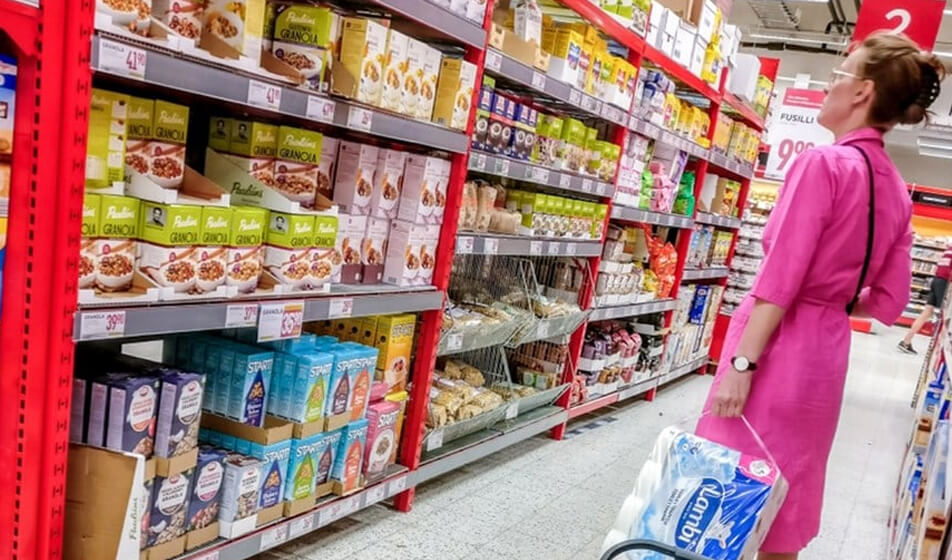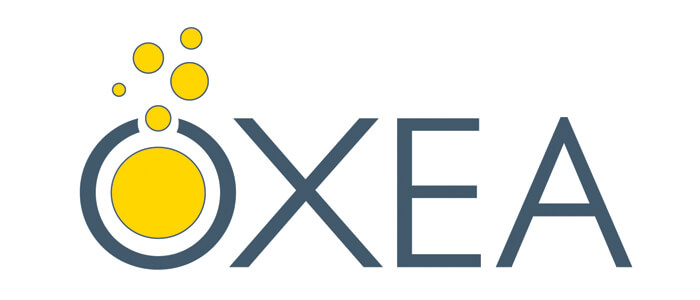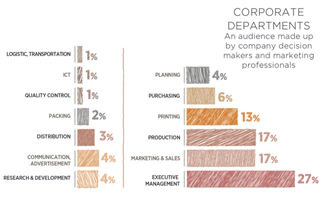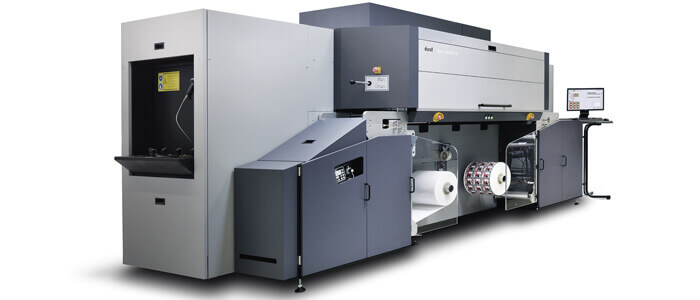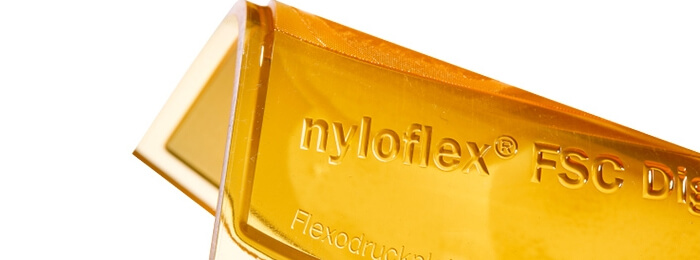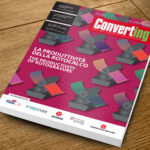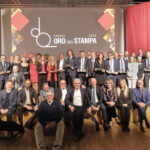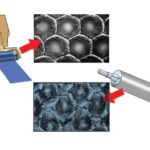As the EU looks to adopt the Packaging and Packaging Waste Regulation (PPWR), a new in-depth study, merging data from various sources, finds that imposing strict reusable packaging targets by 2030 will severely impact the EU’s climate footprint, as well as consumers’ budgets.
The new research reviews several existing studies on packaging and draws on two separate model scenarios, one for food takeaway in Belgium and one for e-commerce packaging in Germany. These use-cases were selected to compare the impacts of paper-based packaging as used today, with those of reusable plastic packaging, if 2030 reuse targets foreseen in the PPWR were applied. The resulting study offers an analysis of environmental impacts, economic effects, and societal implications.
It concludes that reusable solutions would yield higher CO2 emissions than paper and board – up to 160% more carbon dioxide released into the atmosphere for food takeaway and up to 40% for e-commerce, as per the findings of a McKinsey article, also published today and one of the sources of the research.
Paper and board have become a mainstream form of sustainable and recyclable packaging. This is thanks to the combined effects of decades of investment in recycling, design for circularity and, more recently, to legislation on plastic pollution. Because of the investments that would be necessary to develop a wholly new packaging model, and of its high operating costs, more reusable packaging would imply higher costs overall. These costs, the report finds, would be mostly passed on to consumers.
It is mainly transport that, under the scenarios foreseen in the study, would be the driver for both CO2 emissions and costs. Reusable packaging needs to be transported back to the producer after delivery or purchase. This is not the case for recycling, which takes place nearer to the consumer, not the original production place.
Still, the report’s assumptions for reusable plastic packaging represent a best-case scenario, assuming for example that plastic recycling will experience a rapid development in the future or that plastic packaging will be reused many more times than is currently the case.
Download the report’s short explainer: Assessing the impact of PPWR’s reuse targets.
Download the full report: Impact Assessment of reuse targets in the proposed PPWR.

